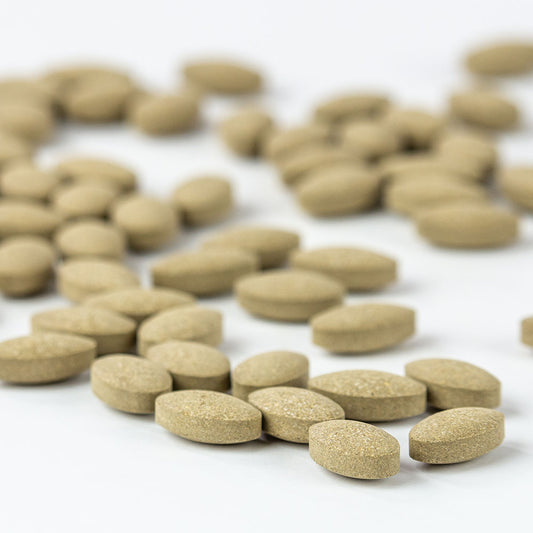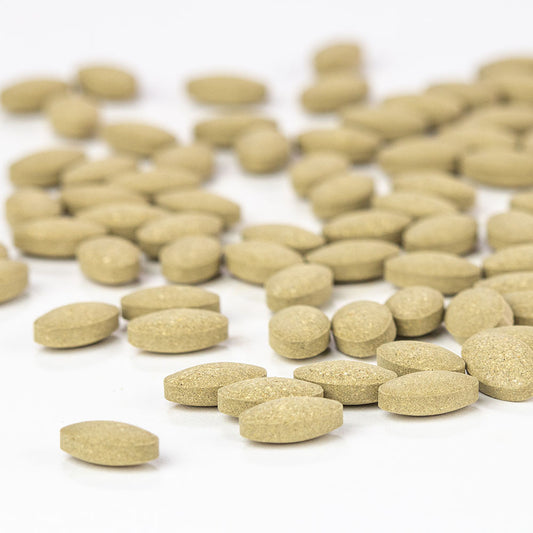Vata Balancing: Practical Tips & Tools for a Balanced Life
Vata
When healthy, this dosha governs our capacity to experience flexibility, joy, and expansive consciousness. In excess, it can cause things like fear, anxiousness, dry skin, cracking joints, and difficulty sleeping.
This guide is intended to support those with a vata constitution or imbalance, as well as those with a combination of vata-pitta or vata-kapha.
Signs and Symptoms of Vata Imbalance
Is your vata out of balance? If so, you may be experiencing some of the following vata dosha symptoms and signs of imbalance:
- nervousness, anxiousness, panic, fear
- twitches, tics, tremors, spasms
- dry or chapped skin
- strained elimination, gas, bloating, dry, hard stools
- low body weight
- dislike of cold and wind
- difficulty tolerating loud noises
- light, interrupted sleep
- spacey, scattered feelings
- excess thinking or worrying
To decrease excess vata, Ayurveda has given us dietary and lifestyle treatment strategies, as well as herbs and products that balance vata. Here are a few underlying concepts that these tools and techniques are based on:
- Routine
- Warmth
- Serenity
- Nourishment
General Guidelines for a Vata-Balancing Diet
Eating a grounding and nourishing vata diet is one of the best ways to cultivate greater balance in your body and mind. The following recommendations offer general guidelines for how to choose healhty, vata-pacifying foods.
Enjoy:
- Foods that are naturally sweet, sour, and salty in taste.
- Warm foods, both energetically and in temperature.
- Whole, freshly cooked foods.
- A limited selection of legumes, including mung dal, tofu, or tempeh that is well-cooked and warm soy milk spiced with cinnamon and nutmeg.
- Warming spices like ginger, black pepper, cinnamon, and cumin, but not extremely hot spices like cayenne pepper. Make cooking easy with Turmeric Masala and CCF Spice Mix.
- Plenty of warm drinks and herbal teas.
- Dairy, as long as it is not very cold. Avoid drinking milk with your meals. It is best to have it warm and spiced with cinnamon and nutmeg, at least an hour before or after other food.
- A generous amount of high-quality oils or ghee in your daily diet.
- Eating your meals at consistent times each day.
- Taking a deep breath after swallowing your last bite and heading off to your next activity.
- Eating your meal in a peaceful environment.
Avoid:
- Foods that are bitter, astringent, and pungent.
- Foods that are cooling, both energetically and in temperature.
- Dry and light foods, such as popcorn and crackers.
- Too much raw food, especially in the mornings and evenings (e.g., salads, carrot sticks, raw fruit, fresh fruit and vegetable juices).
- Most beans, including cold soy products.
- Highly processed foods (like canned or frozen foods, "TV" dinners or pastries).
- Cold or carbonated drinks.
- Caffeine, nicotine, and other stimulants.
- Overeating or eating very heavy meals.
- Eating fresh fruit or drinking fruit juice within 1/2 hour of any other food.
- Foods or drinks that contain refined sugar or corn syrup.
- Deep-fried foods.
- Hard alcohol.
Herbs for Balancing Vata
Ayurvedic herbs are useful allies when it comes to balancing the doshas.
- Healthy Vata is a great choice for balancing vata throughout the body and mind, including signs of excess vata like difficulty tolerating loud noises or dislike of wind and cold.
- Shakti Prana is a nourishing and energizing blend of superfoods, including vata-balancing herbs ashwagandha and shatavari.
- Tranquil Mind supports a sense of mental calmness, ease, and grounded awareness.
- Joint Support helps balance vata in the joints, nerves, and muscles.
- Vata Massage Oil offers moisture and lubrication for dry skin.
- Triphala powder, tablets, or liquid extract supports healthy elimination.
-
Haritaki powder or tablets can be used instead of
- Ashwagandha powder, tablets, or liquid extract can support healthy weight gain.
- I Sleep Soundly promotes sound and restful sleep.
- Vata Digest helps ignite strong, healthy digestion.
- Lavender Soap is a wonderful way to soothe the mind and nervous system.
- Ashwagandha Latte is a warm, tasty way to enjoy a vata-balancing drink ritual.
General Guidelines for a Vata-Balancing Lifestyle
Enjoy:
- Live as you would imagine a master would: with calm awareness and a gentle pace.
- A regular, daily routine with regular times for eating, sleeping, and working.
- A daily
- A gentle exercise routine, such as a calm, grounding form of
- Keeping warm, no matter what the weather. Try warm baths, warm drinks, and warm sweaters!
- Sweet, soothing music, smells, scenes, and company.
- Taking time to slow down and turn inward with meditation or a good book.
Our lives, environments, and health naturally shift and change on a regular basis. We recommend taking our dosha quiz periodically to see where you're at and what you may need to focus on in order to regain balance.
It may be helpful to learn more about vata to understand why these simple guidelines are effective, or seek the guidance of a qualified Ayurvedic practitioner for further support. A practitioner can advise on specific health conditions arising from vata imbalances that might include age-related considerations, women's cycles, healthy weight management, and the effects of certain supplements on the body.
More for You
Vata-Balancing Diet
Vata is balanced by a diet of freshly cooked, whole foods that are soft or mushy in texture, rich in protein and fat, seasoned with a variety of warming spices, and served warm or hot.
Vata-Balancing Foods
Vata is cool, dry, rough and light, so eating foods that neutralize these qualities—foods that are warm, moist, oily, smooth, and nourishing—can help to balance excess vata.











